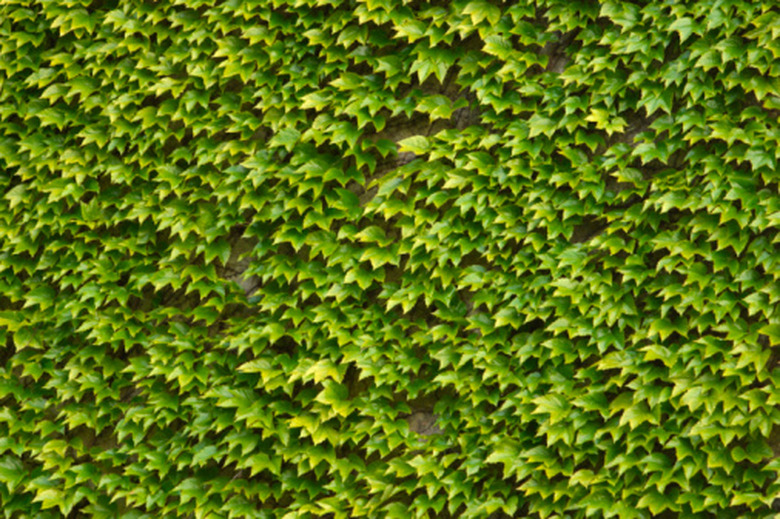Boxwoods That Don't Smell
If you love the look of boxwoods for your landscape, but could never tolerate the smell of English boxwoods, there's now new hope according to the "Washington Post." New varieties introduced into the landscape — and old ones that never took off before — offer home landscapers the opportunity to use this hedge and topiary landscape tool without the odor that drives many consumers away from this plant option.
Green Beauty
Green Beauty can grow in full sun, but it prefers light shade, if possible, and it can grow in clay soil. This boxwood can reach up to 4 feet in height and has a spread potential of 5 feet. Grow Green Beauty boxwoods in planting zones 6 through 8, especially if you need a hedge that's deer resistant. You will need to prune this boxwood in late winter, especially when it's a juvenile boxwood.
Justin Brouwers and John Baldwin
The Justin Brouwers boxwood is favored by the likes of the White House and Mount Vernon due to its more compact size — it grows about 2 feet tall, and as wide — and its finer textured leaves. The John Baldwin, however, grows much larger in height (over 6 feet) and width (more than 3 feet). The John Baldwin is finely textured and has a wider base and pointer top than the Justin Brouwer. Both boxwoods will grow in hardiness zones 6 through 8, and Brouwer favors moister soils, with Baldwin needing good draining soil. Both boxwoods benefit from a little shade (but it's not required) and both require pruning as juveniles, with Baldwin requiring it after maturing, too.
- If you love the look of boxwoods for your landscape, but could never tolerate the smell of English boxwoods, there's now new hope according to the "Washington Post."
- The Justin Brouwers boxwood is favored by the likes of the White House and Mount Vernon due to its more compact size — it grows about 2 feet tall, and as wide — and its finer textured leaves.
Dee Runk and Fastigiata
Plant Dee Runk boxwoods if a pyramid-shaped boxer is of interest for your landscape and you don't mind a skinny bush, growing a maximum of 2 feet wide. Height for this boxwood can potentially reach 9 feet, however. You won't have to protect this hedge by wrapping it before snow time, so that's an added incentive. Use this boxwood where you need a tall screen with not as much width. Like Dee Runk, Fastigiata is a tall hedge screen that doesn't have a scent, but it offers a wider hedge, growing as much as 3 feet in width. Plant your Dee Runk and Fastigiata in hardiness planting zones 6 through 8.
Vardar Valley
Blue-color lovers residing in hardiness planting zones 5 through 8 will want the Vardar Valley boxwood, which is a boxwood that's been around for a while, and begins the season with a blue cast to the green foliage, turning a powder blue by early May. You can see this variety of boxwood at the White House, and it makes a great holiday decoration plant as well as a foundation plant for your landscape. Prune it as a juvenile in late winter, provide some shade for it, if possible, and ensure you have good draining soil for this boxwood type.
- Plant Dee Runk boxwoods if a pyramid-shaped boxer is of interest for your landscape and you don't mind a skinny bush, growing a maximum of 2 feet wide.
- Prune it as a juvenile in late winter, provide some shade for it, if possible, and ensure you have good draining soil for this boxwood type.
References
- The Washington Post; Boxwood is Back and Smelling Better; Adrian Higgins; January 11, 2007
- North Carolina State University; Growing Boxwoods in the Landscape; Erv Evans et al.; February 1999
- Boxwood Garden: Boxwood Varieties — Green Beauty
- Saunders Brothers: Buxus Sempervirens "Dee Runk"
- Saunders Brothers: Buxus sempervirens "Fastigiata"
- Saunders Brothers: Boxwood
